Poseidon Adventure, The (1972)
“We’re floating upside down; we’ve gotta climb up.”
|
Synopsis: |
|
Genres, Themes, Actors, and Directors:
Response to Peary’s Review: … but hard-core fans seem to enjoy owning these lines; and meanwhile, the rest of us can ignore these moments and appreciate the work that went into crafting this spectacle, knowing this was years before CGI and everything we’re seeing on-screen actually happened in some fashion (albeit with safety at the forefront of everyone’s minds). Having recently watched and posted on The Last Voyage (1960), it was especially refreshing seeing Leslie Nielsen (as Captain Harrison) taking charge as the polar-opposite of George Sanders’ Captain Adams. While Adams insisted, “I have never lost a ship and I’m not losing this one!”, Harrison says (thank God!), “I can’t afford to gamble with the lives of my passengers!” Unfortunately, nothing Captain Harrison can do will prevent his ship from total annihilation in the face of a terrifying tidal wave: The next few minutes of panic — as the ship is turned upside down and passengers scramble for their lives — is truly harrowing. From here, we quickly shift into an allegorical tale of whether to trust the “known” — as personified by the ship’s purser (Byron Webster), who insists that everyone should stay put and wait for help — or a “radical” preacher (Hackman) who believes they need to proactively save themselves. He wants to use an enormous Christmas tree as a bridge from the ceiling back to the floor, and sends fearless young Shea up as a “monkey” to try it out: Once the group of intrepid climbers has assembled, they part ways with the remaining passengers below, some of whom try in vain to scramble up the tree once water starts flooding into the stateroom. From there, the primary human drama revolves around head-to-head banter between Hackman and Borgnine, who don’t necessarily see eye-to-eye: — and we also get to learn more about the other survivors, most notably Winters’ former award-winning swimmer; her performance of her own stunt here remains truly remarkable: In terms of Peary’s assertion that “all the likable characters died while only the obnoxious ones have made it,” this simply isn’t true — at all. Yes, we lose some beloved folks, but those who survive aren’t “obnoxious”. Regardless of what one thinks about the storyline, this film remains of historical importance for reasons described in TCM’s article:
Redeeming Qualities and Moments:
Must See? Categories
Links: |
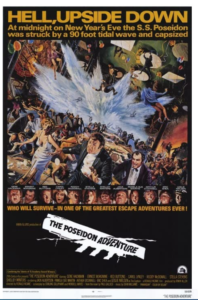
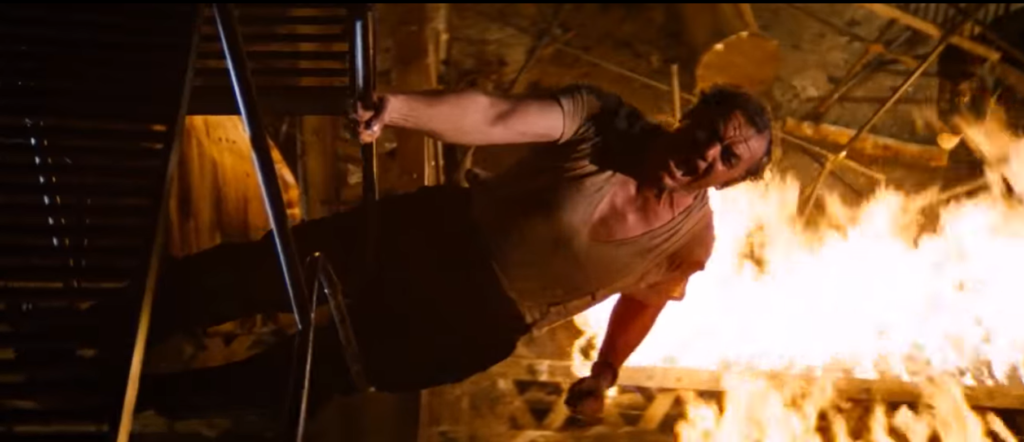
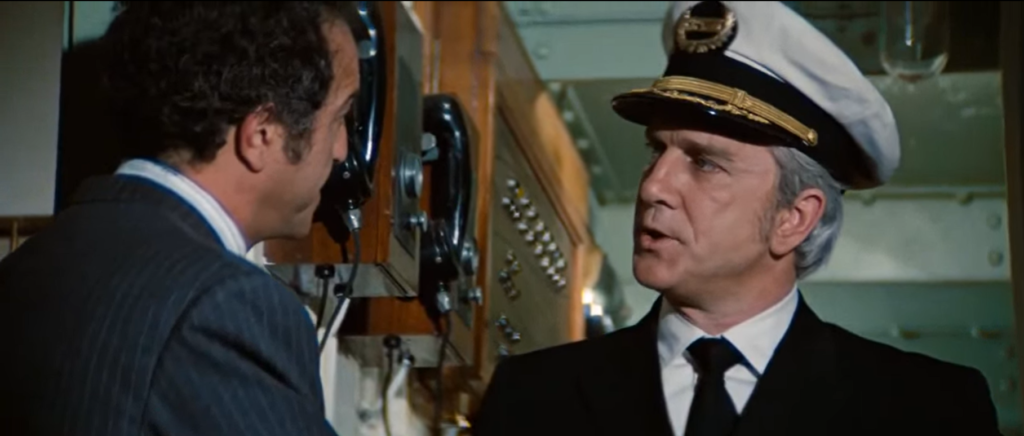

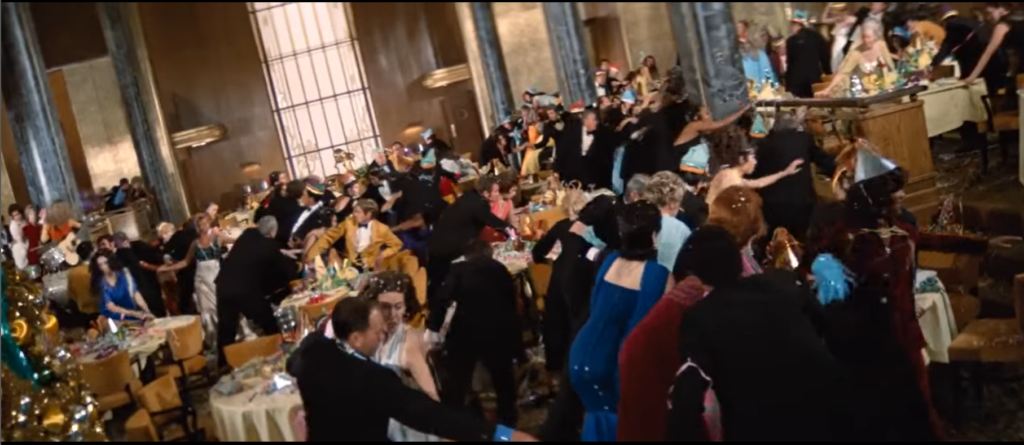
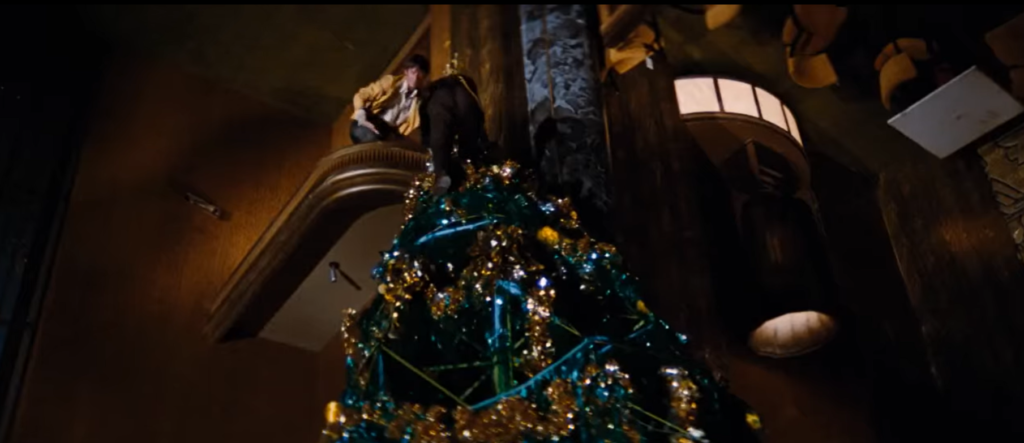

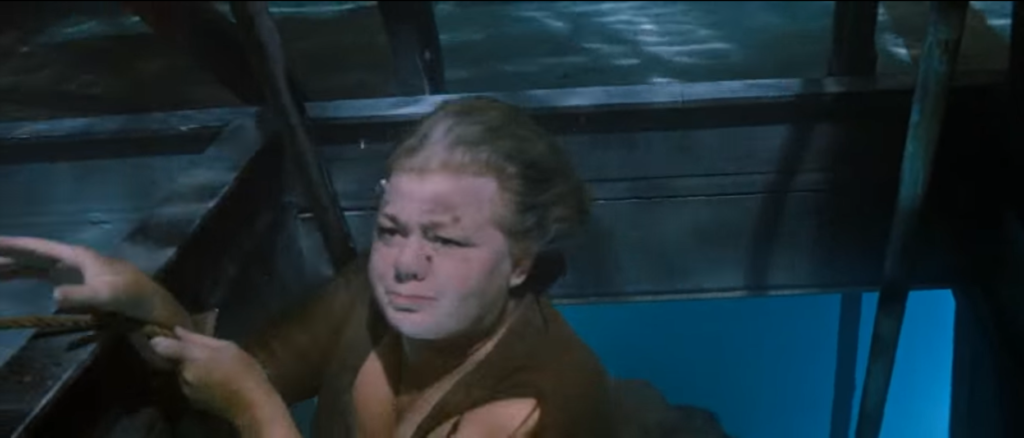
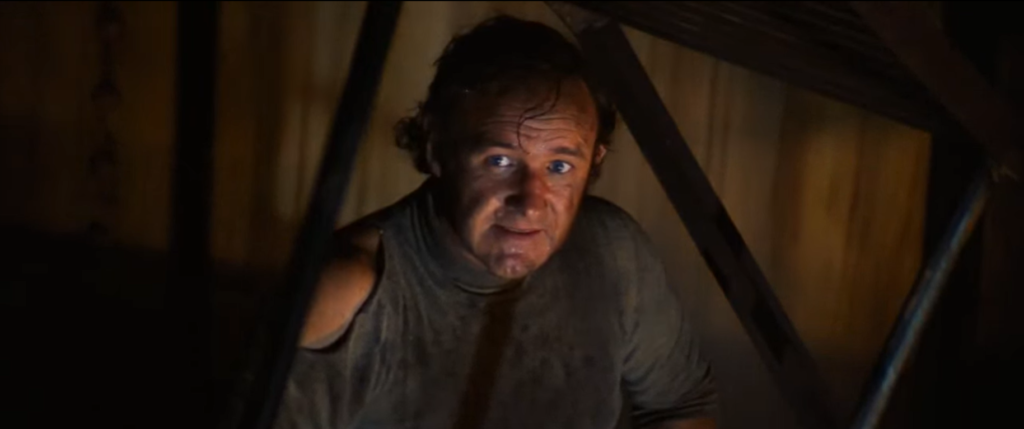
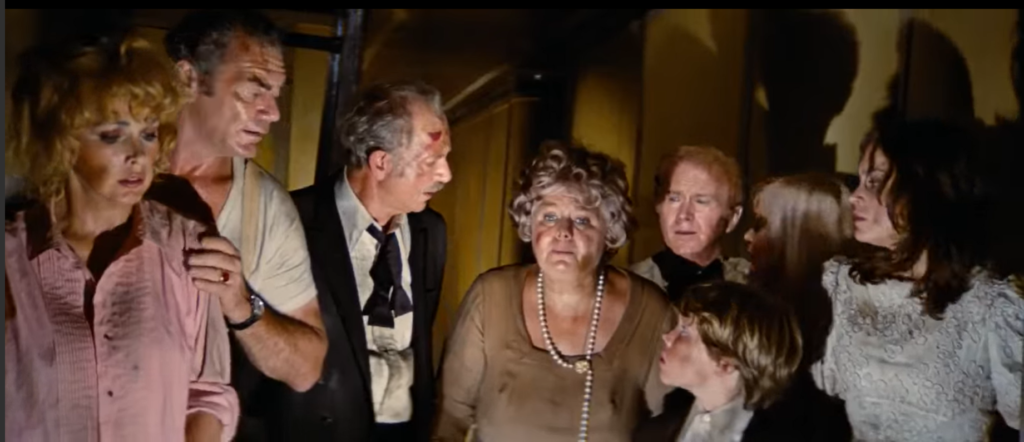
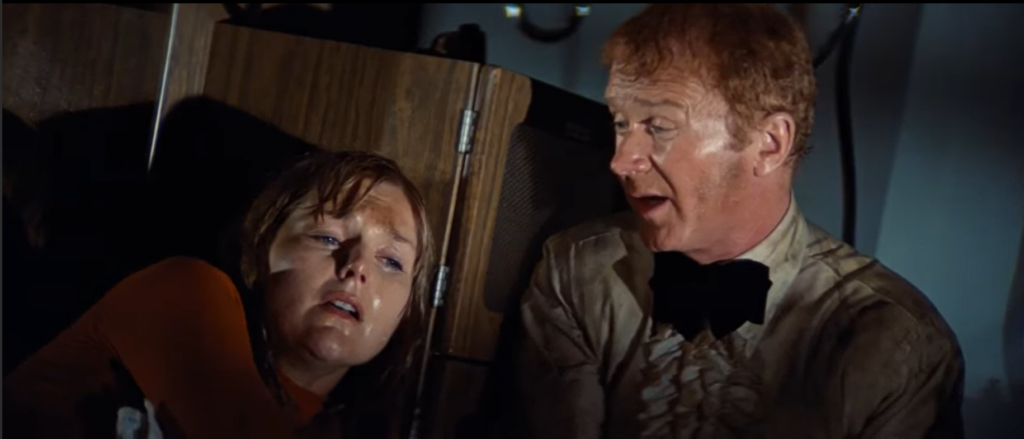
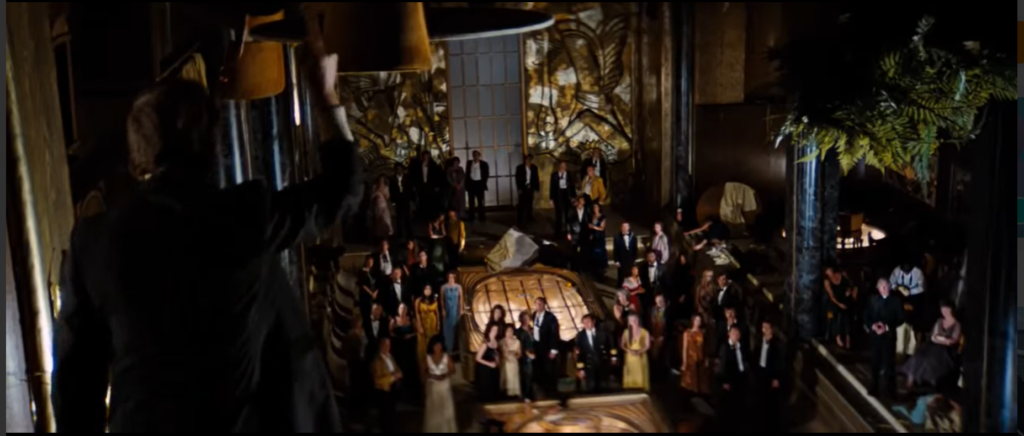
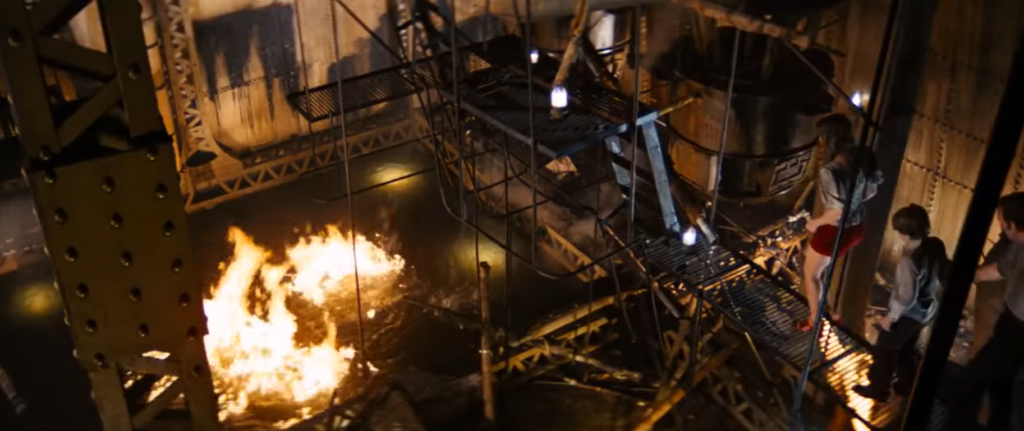
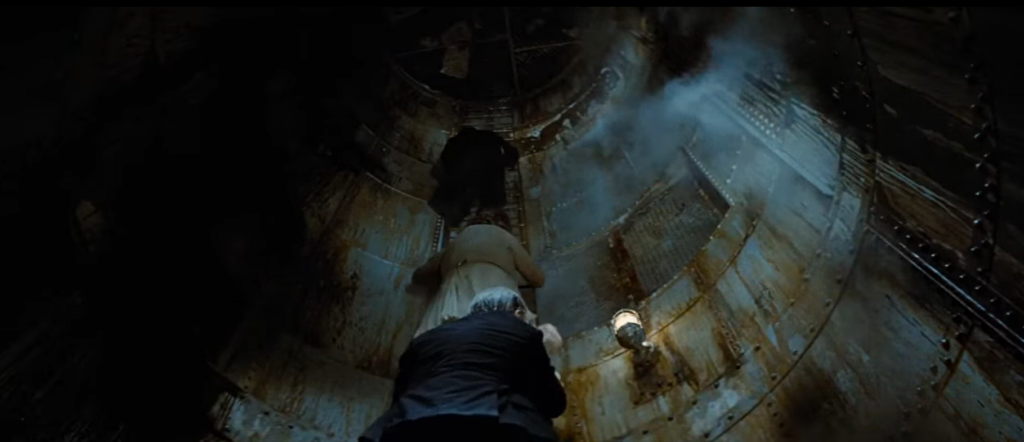
2 thoughts on “Poseidon Adventure, The (1972)”
⭐️⭐️⭐️⭐️ out of ⭐️⭐️⭐️⭐️
A classic slab of entertainment that’s been expertly crafted to be a big audience pleaser and was generally well regarded by critics. For me – along with Airport (1969) – the greatest disaster film and as such must see by FFs.
Must-see, for its solid place in cinema history. As per my post in ‘Revival House of Camp & Cult’ (fb):
“What?, I’m going somewhere you’re not going?”
‘The Poseidon Adventure’: Some may be surprised to learn that ‘TPA’ is called a cult film. That designation doesn’t usually go to a movie which, on release, was a huge hit (made for a mere $5 million, it grossed $125 million!). As well, ‘cult’ doesn’t usually apply to a film which, in its tone, doesn’t seem to reflect much (if anything) that’s cult territory (or even camp, for that matter – the odd line of dialogue aside).
But an unusual thing happened when the film opened. People kept going back to it… again and again… and again. As if mesmerized. ‘TPA’ may very well be the best of the disaster flicks that came from the ’70s. I would argue that, of all of them, it had the best director (Ronald Neame) and its screenwriters – Stirling Silliphant (‘In the Heat of the Night’, ‘Village of the Damned’) and Wendell Mayes (‘Anatomy of a Murder’, ‘Advise and Consent’) – were certainly no slouches. For a film of its type, its premise is perhaps the most clever. (Author Paul Gallico based his novel on a somewhat unnerving, though not disastrous, experience he had aboard the Queen Mary.)
But the film’s cult appeal remains somewhat elusive and we may never know for sure what the film ignites in its obsessed fans. It’s not hard to see how it could be turned into a theatrical camp parody (which happened in SF in 1994). But what led to the formation of the Poseidon Adventure Fan Club (which apparently sponsors anniversary screenings)? And what are we to make of one particular fan (in Arizona) who converted his house into a shrine to the film? (?!!)
I may have only seen the film once more after its initial release. Seeing it again… it certainly holds up rather well (as it were). If for no other reason, producer Irwin Allen certainly deserves kudos for seducing no fewer than 5 Oscar winners (Gene Hackman, Ernest Borgnine, Red Buttons, Jack Albertson and ‘champion swimmer’ Shelley Winters) into starring in something that could simply (as it were) tank. (Until the film opened to acclaim, its reputation in the industry was as “Irwin’s Folly”.)
I guess there’s one other main reason to applaud Allen. This film was made prior to CGI – everything you see is real. And, reportedly, no one in the cast ever got hurt.